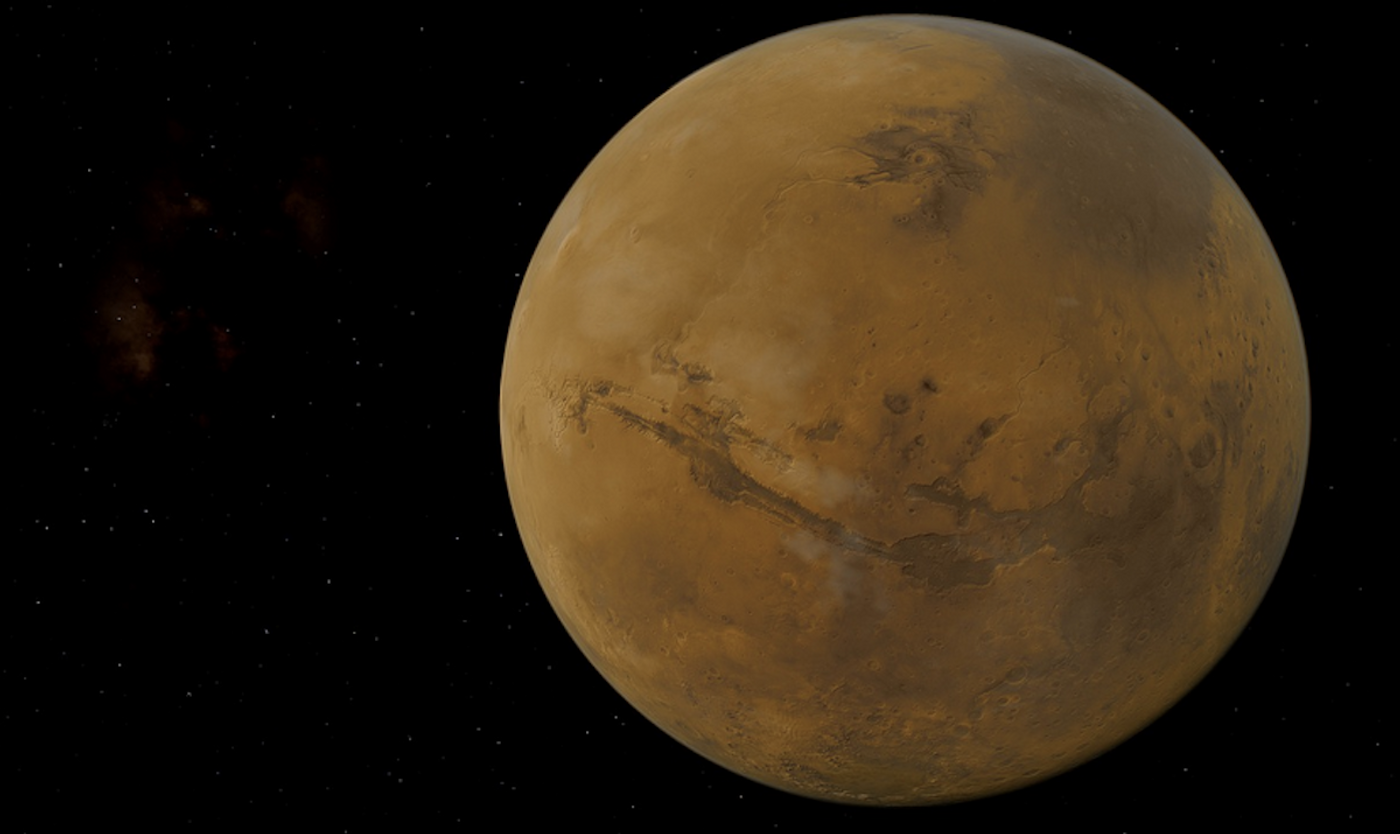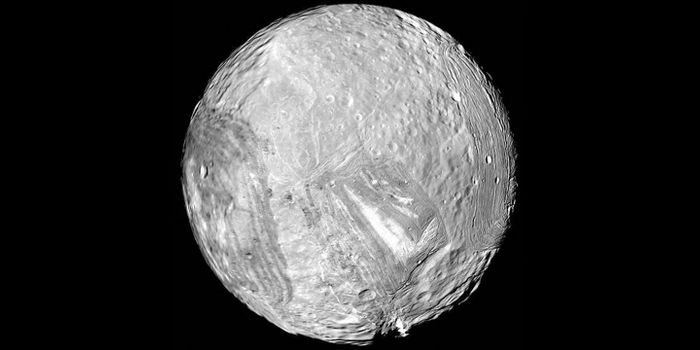Get Ready for the Red Planet: Perseverance Set to Land in Two Weeks
NASA's Perseverance Rover will be reaching Mars soon, and it will have to go through a seven-minute descent before we know if it lands safely. On February 18, 2021, it will land in Jezero Crater on the surface of the planet to complete its 292.5 million-mile (470.8 million-kilometer) journey. Once there it will begin to search for evidence of ancient microbial life. Learn more about the landing sequence here.
"NASA has been exploring Mars since Mariner 4 performed a flyby in July of 1965, with two more flybys, seven successful orbiters, and eight landers since then," said Thomas Zurbuchen, associate administrator for NASA's Science Mission Directorate. "Perseverance, which was built from the collective knowledge gleaned from such trailblazers, has the opportunity to not only expand our knowledge of the Red Planet, but to investigate one of the most important and exciting questions of humanity about the origin of life both on Earth and also on other planets."
It's thought that billions of years ago, the 28-mile-wide Jezero Crater was filled with water. Now completely dry, the Sample Caching System on Perseverance will collect samples of rocks and dust and act as a massive, clean, robotic geologist. The aim is to learn more about the existence of extraterrestrial life (without contaminating it with terrestrial microbes). NASA and the European Space Agency are now collaborating on future missions to retrieve those samples and take them back to Earth. Once they're back here, they'll undergo a series of tests with instruments that cannot be taken to Mars on a rover.
"Perseverance's sophisticated science instruments will not only help in the hunt for fossilized microbial life, but also expand our knowledge of Martian geology and its past, present, and future," said Ken Farley, project scientist for Mars 2020, from Caltech. "Our science team has been busy planning how best to work with what we anticipate will be a firehose of cutting-edge data. That's the kind of 'problem' we are looking forward to."
Most of Perseverance's instruments are focused on geology and astrobiology. But the mission will also attempt to collect data for use on future exploratory missions. One of those instruments, MOXIE (Mars Oxygen In-Situ Resource Utilization Experiment), is a device the size of a car battery that will show conclusively whether it's possible to convert Martian carbon dioxide into oxygen. That type of conversion would be needed on a large scale to provide astronauts with stuff to breathe as well as a crucial component of rocket fuel for their return journey.
The rover also has the technology to help it avoid obstacles, and gather data about the atmosphere that may aid in the design of safe, efficient missions in the future.
"Don't let anybody tell you different; landing on Mars is hard to do," said John McNamee, project manager for the Mars 2020 Perseverance rover mission at the Jet Propulsion Laboratory (JPL). "But the women and men on this team are the best in the world at what they do. When our spacecraft hits the top of the Mars atmosphere at about three-and-a-half miles per second, we'll be ready."
Live coverage of the event from JPL starts February 18, 2021 at 11:15 a.m. PST (2:15 p.m. EST). Check NASA's website for coverage.
Sources: Phys.org via NASA / Jet Propulsion Laboratory









